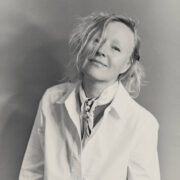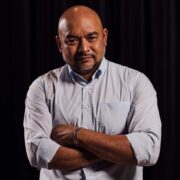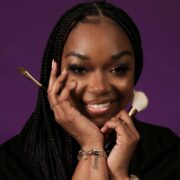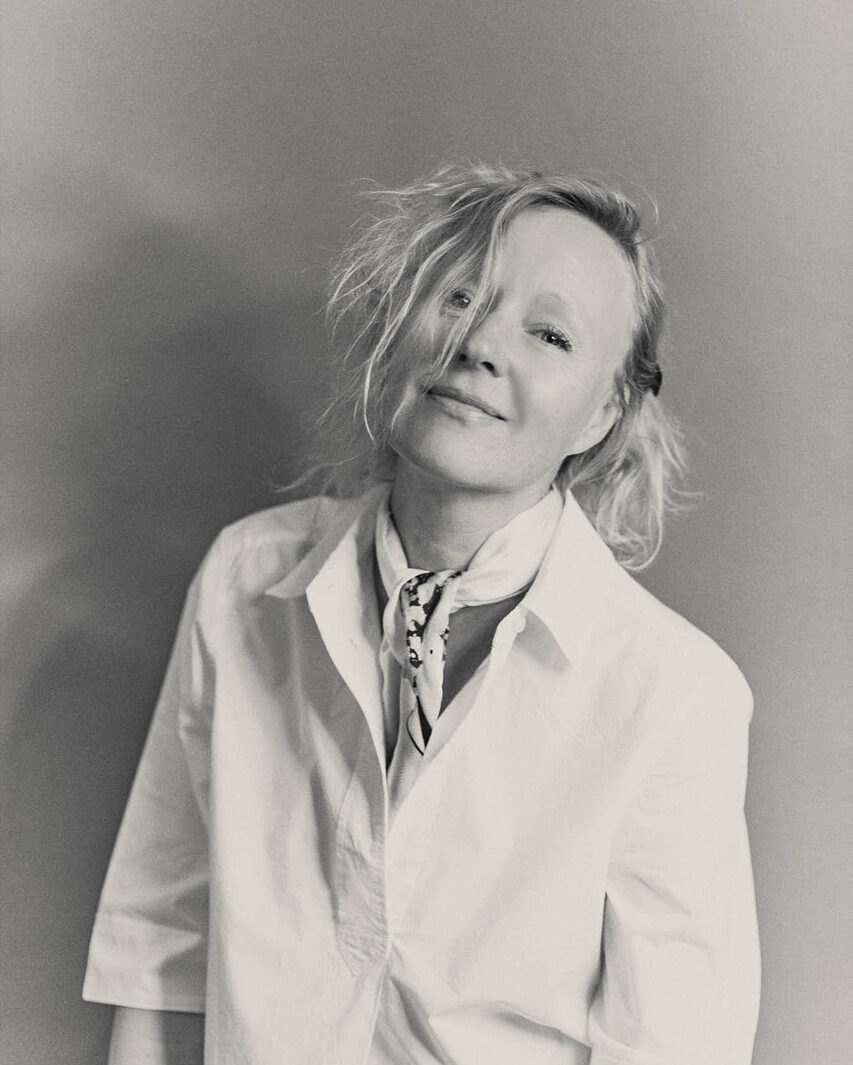Thirza Schaap, on Beauty, Waste, and the Fragility of Modern Life – When you first see Thirza’s artwork, you will observe colors, soft shapes, and thought-provoking compositions, but look closer, and the real meaning starts to surface. Her art challenges us to confront the pervasive issue of waste in our modern lives and for all viewers to reconsider their relationship with the materials that surround them.
For over a decade, Thirza Schaap, a Dutch artist based between Amsterdam and Cape Town, has been evolving the boundaries between eco-activism and fine art. Her internationally celebrated series, Plastic Ocean, confronts the modern world’s obsession with plastic, transforming discarded beach trash into haunting, sculptural poetry.
A journey from art school to a plastic confetti
A graduate of the Royal Academy of Art in The Hague (class of ’96), Thirza’s journey has taken her across continents and artistic disciplines. Since 2013, she’s called both the Netherlands and South Africa home, a dual life that’s shaped her strong relationship with the ocean and its rising tide of plastic waste.
What started as an Instagram photo project quickly turned into a global movement. When she began posting her compositions online in 2017, her work was picked up by i-D Vice, Trend Tablet, Vogue, and Elle, launching her into the global art spotlight. In a matter of months, she went from beachcombing plastic to headlining exhibitions from Christie’s Amsterdam to Greenpeace Cape Town.
“Our beaches are covered in plastic confetti,” she says, “and there really is nothing to celebrate.”
The Plastic Ocean is a paradox: it’s charming but disturbing. Thirza’s deliberately soft, often pastel-toned images draw the viewer in until you realize what you’re actually looking at.
Plastic forks. Crushed bottles. Abandoned flip-flops. She calls it a Vanitas for the 21st century, a contemporary take on the Dutch still-life tradition, where fruit and skulls are replaced by single-use junk.
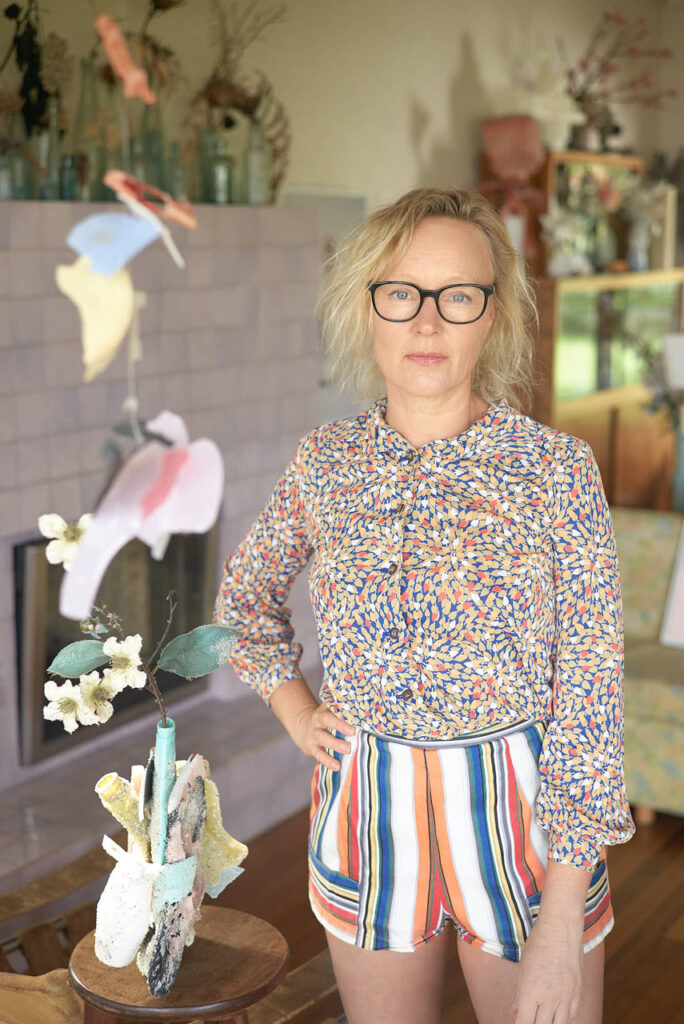
Her work is about what we value, what we throw away, and what we choose to ignore. It’s an art that asks, how did we get here, and why do we still pretend it’s fine?
Thirza’s impact has rippled far beyond the art world. She’s exhibited across Europe, Africa, Asia, and North America, from the Royal Academy of Arts in London to the Capture Photography Festival in Vancouver, and her work is housed in major corporate and public collections, including KPMG, Swiss RE, and the United Nations Environment Programme.
She’s also published two books, Play Dead and Plastic Ocean, and continues to speak and teach globally, with guest spots on podcasts like Women Mind the Water and lectures from Venice to Eindhoven.
In 2021, her work earned her the Inspiration Award from the Humanistic Association in the Netherlands, an honor recognizing a dedication to societal change.
Today, she’s telling us all about what inspires her, her thoughts, her art, and the advocacy that drives it.
Thirza Schaap, on Beauty, Waste, and the Fragility of Modern Life
Trende: You began your career in traditional art but now work with waste materials. What emotional or creative shift drew you toward plastic pollution as a primary medium?
It happened slowly, almost without me realizing it. I started noticing how much plastic was washing up on the beaches, bright, broken, and discarded. At first, I was just collecting them to recycle, but some pieces felt too unique, too full of character, to throw away. They had a kind of beauty, shaped by the ocean and time, and I couldn’t ignore that.
One day, I brought some home, laid them on the ground, and started arranging them. It was instinctive, like piecing together a silent story. I took photos, and at that moment, something clicked. I also kept the objects as proof and needed to show the world. They held meaning, history, and a warning. That’s when I knew I had to use them in my work, not just as materials but as messengers. That experience completely transformed my perspective on what art could be and how I engage with it. It became more about the connection between people, the environment, and the consequences of what we leave behind.
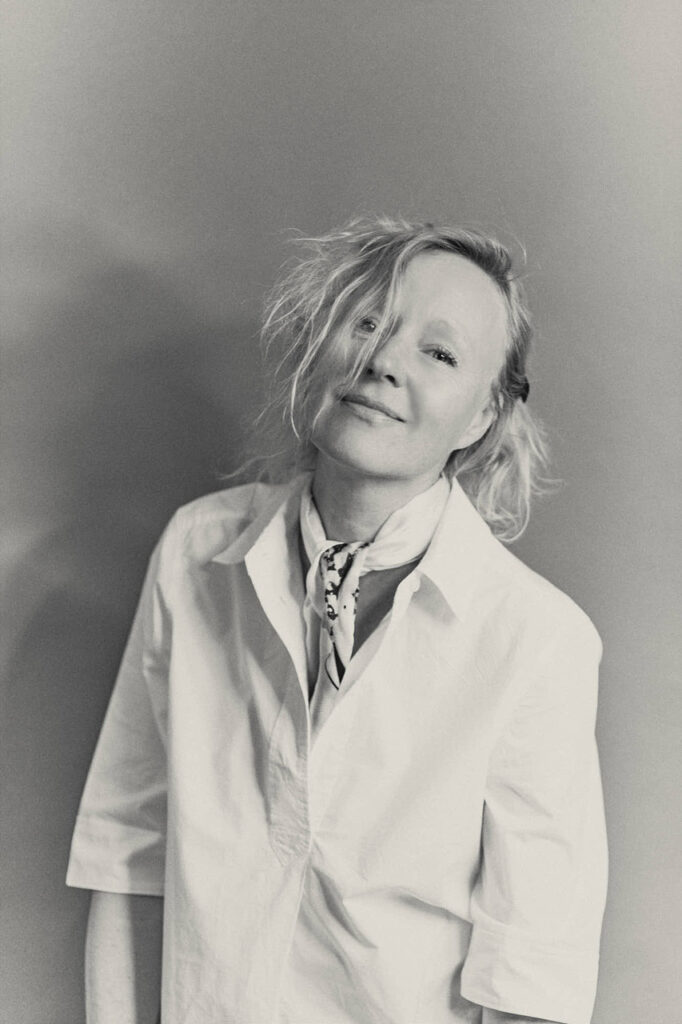
Trende: You’ve described your Plastic Ocean works as both sculptural and photographic. How does your process begin? Do you see the object as a photograph first or as a physical sculpture?
My process actually began quite playfully. I was making what I called “one-minute sculptures,” assembling found materials into delicate, temporary forms. They were fleeting by nature, often collapsing mid-photograph due to a shift in wind or an unsteady balance. At first, I thought of them mainly as photographic subjects, something to quickly capture before they disappeared. But over time, something shifted. I found myself feeling a strange sadness whenever each part fell apart.
There was something beautiful in their fragility, but I couldn’t shake the desire to preserve them physically, not just in a photograph. That’s when I started turning them into permanent sculptures. So now, the process is more fluid; sometimes I see the final piece as a photo first, and other times it’s the sculpture that demands to be real and tangible. To me, it feels like a conversation between permanence and impermanence, between the captured image and the tangible object. I hope I explained that clearly.
Trende: Absolutely it does, Thirza
Trende: In many ways, your work reclaims the discarded. Do you see your art as an act of healing for the planet or for yourself?
My work is fundamentally driven by transformation. It’s about me turning something broken and forgotten into something meaningful and alive again. When I began the Plastic Ocean project, it came from a place of emotional urgency. I was overwhelmed by a deep sense of heartbreak over the state of our environment, especially the oceans. But instead of sinking into despair, I channeled that grief into creativity. And what was incredible was realizing how many others around the world felt the same. Through dozens of publications and exhibitions, I was able to connect with people who shared that sorrow and that hope.
For nearly a decade, I immersed myself in this collective expression of environmental concern. But after all the awareness and engagement, I needed time to process my emotions privately. That’s when I returned to painting, particularly painting figures, which is something I hadn’t done since my early days in photography. It became a deeply personal way to confront the ecological grief I’d been carrying. In a sense, it’s a dual healing: for the planet and for myself, by finding a visual language for my sadness, reflection, and ultimately, resilience.
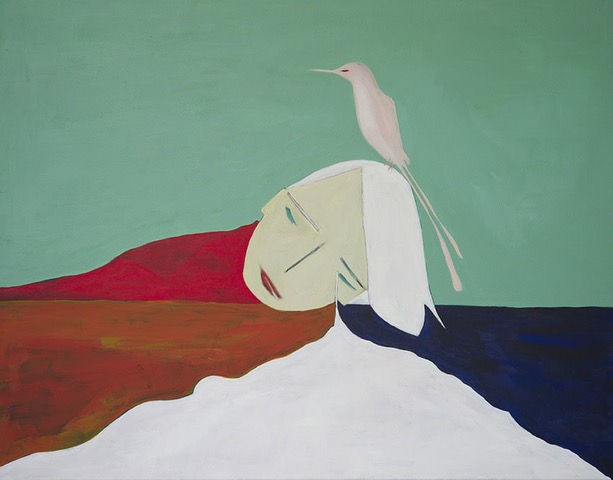
Trende: Has the act of collecting waste changed how you see beauty in your daily life?
Absolutely. I’ve always had a deep appreciation for the beauty in old, worn-out items; there’s a certain charm in things with a history. So, recognizing the beauty in waste felt like a natural extension of that mindset. It’s all about seeing potential where others might see nothing.
Trende: You live between Cape Town and Amsterdam, two very different coastal cities. How do their environmental and cultural landscapes influence your work?
Water has always been central to my work. In Amsterdam, I captured a project called Holland Licht near the old Zuiderzee, focusing on the unique light that has inspired Dutch masters for centuries. In Cape Town, the beaches are starkly different but just as influential. I’ve walked miles along desolate shores, collecting plastic washed up by the ocean, reflecting on the impact we have on these beautiful but fragile environments. Each city shapes my work in its own way, pushing me to tell stories that connect nature and human responsibility.
Trende: In showing your work across continents, from South Africa to Shanghai, what’s the most surprising reaction you’ve received from a viewer?
Maybe not surprising, but definitely meaningful, is realizing how deeply people connect with the work, no matter where they’re from. It reminds me that creativity speaks a universal language. Even with different backgrounds, cultures, and histories, we often feel the same things. That kind of connection still amazes me.
Trende: Is there a beach or city you haven’t worked in yet that you feel drawn to artistically or environmentally?
There’s a stretch along the Mozambique border that still pulls at me. We started collecting ocean plastic there; it was raw, untouched, and full of potential. Sadly, we got robbed and had to cut the trip short. But something about that place still lingers in my mind. I know one day I’ll find my way back.
Trende: In a world flooded with visual content, what do you believe gives an image the power to truly shift someone’s perception or values?
Honestly, if only we truly understood the formula. But I believe it’s when an image comes straight from the soul of the creator that it carries something raw, something real. In my work, I try to slip into the viewer’s mind through an unexpected door, using beauty to provoke a deeper shift, a quiet kind of transformation, yeah.
Trende: How do you hope Plastic Ocean lives on in the minds of viewers? Do you want them to feel guilt, grief, wonder, or something else entirely?
I hope it plants a seed of change. For me, it sparked a personal shift. I began to question every choice, asking myself, Do I really need this, or am I just consuming out of habit? It’s not about guilt, but awareness. I want people to fall in love with what they already have and buy only what truly adds value. That’s where real transformation begins.
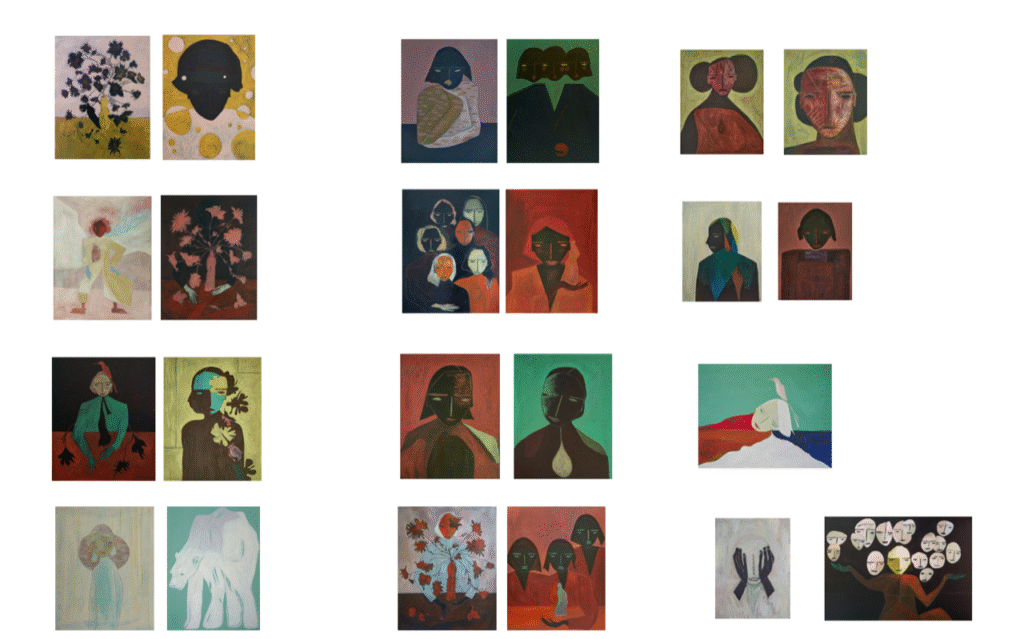
Trende: Your work questions consumer culture in subtle ways. How do you personally practice sustainability in your own life, beyond your art?
I’ve learned to pause before I purchase. If something catches my eye, I don’t buy it immediately; I give it a night or two. More often than not, I wake up realizing I don’t need it after all. That simple delay helps me consume more consciously, and it’s become a quiet but powerful habit.
Trende: Many artists hesitate to be labeled as “activists.” Do you see yourself as one? Why or why not?
Being called an activist feels like a compliment, because it means you’re being seen, not just for your art, but for what you stand for. I don’t chase the label, but if my work stirs thought or inspires even a few people to think differently or act with more awareness, then I’m already content. Real change doesn’t always start loud; it passes from person to person, quietly building into something bigger. That’s how movements begin.
Trende: Instagram played a key role in propelling your work to a global audience. How do you balance the digital world with your creative process?
Social media often gets a bad rep, but in my case, it’s been a bridge and not a distraction. While my creative process thrives in stillness and solitude, Instagram allows me to quietly share that intimacy with the world. It’s a strange yet beautiful contrast: hands deep in a slow, physical craft, while my work quietly travels at the speed of light. I mean, that’s how we connected.
Trende: With AI and digital art now rising rapidly, do you feel resistance, curiosity, or inspiration from these new tools?
Honestly, I still work with Photoshop the same way I always have, just now, it feels smoother and more intuitive. I haven’t really dived into all the new AI-powered tools yet. It’s not resistance, more like comfort in the familiar. I do wonder, though, how far these tools will go and what that means for the soul of creative work.
Trende: Looking forward, if you could design your ultimate exhibition anywhere in the world, in any format, what would it look like, and what message would you want it to leave behind?
I’d imagine my work taking over the world’s most iconic museums, huge, striking prints alongside sculptures both monumental and miniature. It would be a global constellation of creativity, each piece making the viewers pause, feel, and rethink how we connect with art, space, and each other. The message? That scale doesn’t define impact, emotion does.
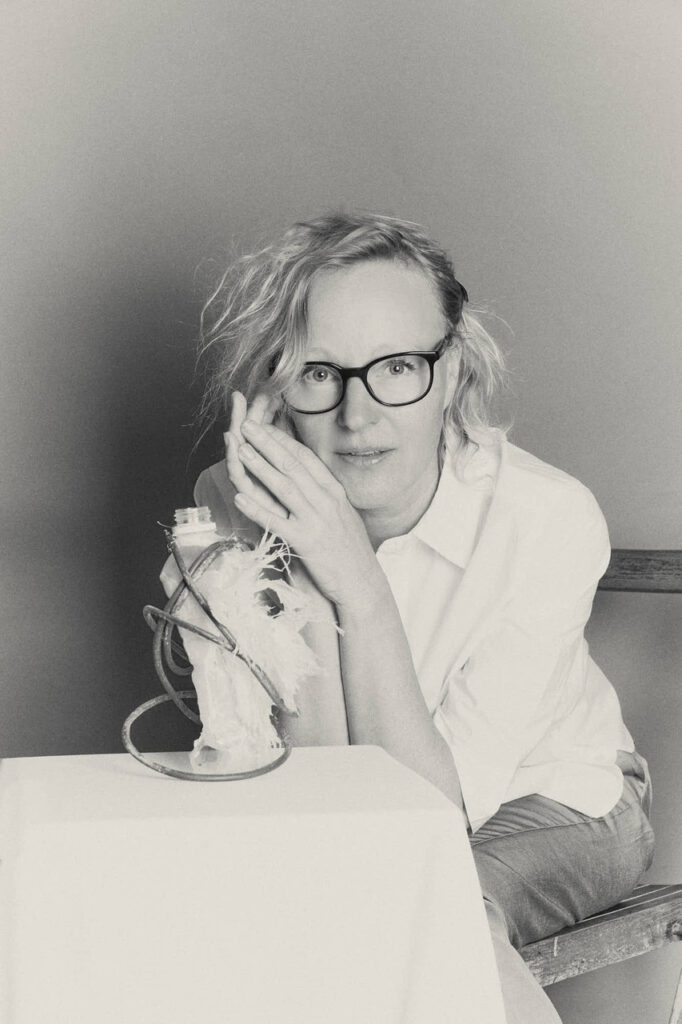
Trende: Thank you for coming to Trende, Thirza
Wow! We had so much to talk about today, Okey. I appreciate this time. You know this took a while, but thanks to the Trende team.

